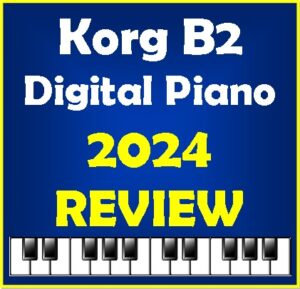 UPDATED REVIEW | June 1, 2024 | The Korg B2 portable digital piano at $499 (after $100 instant factory rebate) and B2SP with matching furniture stand & triple pedal at $649 price (after $100 instant factory rebate), is a very popular model in this lower price range. If you want something that focuses mostly on the “piano playing experience” from a respected digital piano company at a low price, then this one may be the perfect digital piano for you.
UPDATED REVIEW | June 1, 2024 | The Korg B2 portable digital piano at $499 (after $100 instant factory rebate) and B2SP with matching furniture stand & triple pedal at $649 price (after $100 instant factory rebate), is a very popular model in this lower price range. If you want something that focuses mostly on the “piano playing experience” from a respected digital piano company at a low price, then this one may be the perfect digital piano for you.
The Korg B2 impressed me after I got through playing it for the first time. The rich, full tone and long, deep sustained resonances when using the damper pedal system was more than I expected from an instrument in this price range, especially from Korg in this price range as I have not been that impressed with their digital pianos under $800 in the past. I have liked other Korg home digital pianos around or above $1000 and they have some great models in that price range out now which I have reviewed here on this blog and liked those models very much.
With a 120-note polyphony sound chip, there is plenty of polyphony stereo piano power and there was no note dropout even when I was playing more complex pieces of music. This is because Korg has a proprietary way of handling their polyphony chip which then causes no note drop-out at all even with the stereo grand piano sounds….very impressive.
The key action in the B2 is also good for this low price range in that it is responsive and has nice weighted, graded touch, and is noticeably quiet in movement based on my experience with it, whereas some of these key action make a lot of noise as the keys are moving up and down. It is a proprietary key action designed by Korg and they also use it in some of their popular stage digital pianos over $1000. I didn’t think I would necessarily like the key action in this model because some of the past Korg key actions were unimpressive to me, but in this case the key action overall feels good to play.
One of the more surprising and positive things about this piano sound is the sustain time (aka: decay time) and how long a sustained piano sound holds out over time along with how powerful it is in terms of volume. It’s really like playing an actual acoustic piano in that way because acoustic pianos have that same characteristic because you hear long, lush tone when the notes are being held while using your sustain/damper pedal. A single pedal comes with the B2 but you can also get the triple pedal unit which then provides the more advanced half-damper pedal which gives you a variable amount of sustain control rather than just having it be on or off.
Basically, if all this piano had were these 5 different grand piano sounds and it only played piano that would be enough for me at the low $499 price (without stand and triple pedal unit). There are a lot of people who just want great piano sound and nothing else, but the B2 does have more features and functions in it too. It has a number of other instrument tones (12 total including the acoustic piano sounds) with some excellent vintage electric pianos, organs, strings, and baroque harpsichord. One thing this model is not able to do is layer/mix or split the instrument sounds which most other digital pianos can do.
The USB/MIDI connection in the B2 takes care of the B2 triggering the sounds in the app while that connection also takes care of automatic audio streaming from the external device into the Korg speaker system so that you can hear your iPad sounds come directly through the B2. Few other digital pianos can do “USB audio streaming” through a USB connection, especially at $499/$649, so this is a very cool feature in the B2 and enables you to do some musical things through external connectivity that many other digital pianos cannot do which also allows you to upgrade features on this model.
One of the other things I really like about this digital piano is the internal speaker system. In all the other portable digital pianos under $1000 the internal speaker systems are OK, but generally basic and can make the piano sound weak, tinny, anemic, and/or very artificial with little resonance or richness. But that’s what people have come to expect with digital pianos in this price range…except in the newer B2 and a few models above that such as the Korg XE20 at $849.
The B2 has a huge internal 30 watt stereo sound system housed in a built-in sound chamber which really makes the entire spectrum of frequency range come through from the low bass tones, to the mid-range tones, and also generating clear higher frequency tones without being tinny, weak, or shrill. Putting Korg’s upscale grand piano sound-chip through this massive internal speaker system in this compact $499/$649 portable digital piano was something I really did not expect and this was also a surprise to me and way beyond what any other digital piano company has done in their products in this price range.
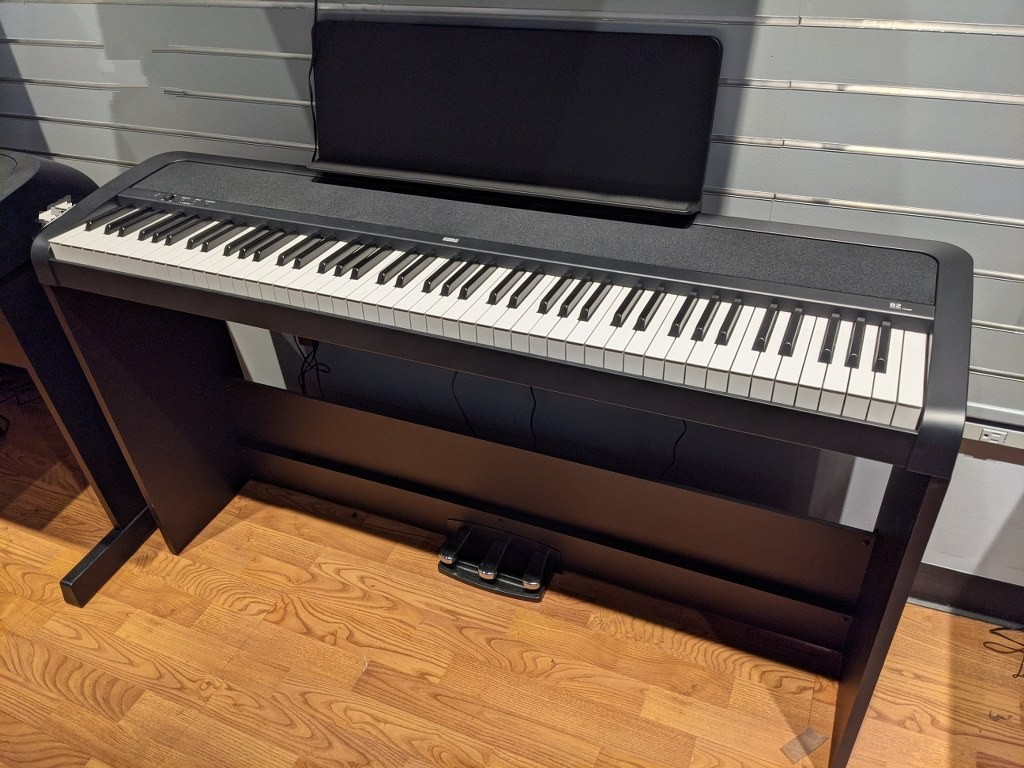 |
| Korg B2SP (with optional stand & triple pedal) |
The Korg B2 does have a few useful digital features like a digital metronome for rhythm & timing training which is nice, a digital transpose function so that you can instantly electronically change the key you are in so that when you play you can play the song in the key it’s written but you can hear it come out in a different key to perhaps get it into your vocal range better. The piano also has digital reverb & chorus effects which helps some of the instruments sound even more realistic as well as touch sensitivity control for your finger touch depending if you want the piano sound to come in quicker or less quickly with a hard, medium, or easy touch.
So Korg does offer some basic but useful features that rounds out the B2 with just enough things in it to serve most music needs. The B2 also has a stereo headphone jack output and a stereo mini jack audio input so you can run external audio devices through the B2 30-watt stereo speaker system and this a very cool feature with most other digital pianos do not have in this price range.
The control panel on the B2 is easy to use, the buttons have very nice tactile feel to them and you access the basic features of the piano through these buttons. A few of the features have to be accessed through the function button and then pressing a specific white or black key to trigger that function so you need to find that feature and the way to access it out of a chart in the owners manual so it’s really no evident on the piano itself. There is no LED or LCD user display screen so it’s less intuitive that way.
However, as I mentioned earlier, Korg is obviously trying to keep the costs down on this model so they could include this impressive piano playing experience and so to that end…this definitely did that. The B2 only weighs a mere 26 lbs so it is super lightweight but appears to be well built and well designed in terms of cabinet, elegant looks, the large music rack included, and just the fit and finish of body parts and components. You get your choice of either a matte black finish or matte white finish and for another $100 more you can get the entire piano-furniture stand-triple pedal combo package which is a cheap price for all those extras in our opinion.
The bottom line is…when you play and hear this new portable digital piano with its impressive stereo “grand piano” sound with all those resonances and natural sounding string vibrations and you feel the nicely weighted piano style key action, we think you may want to order one, especially if you need to be in this lower price range. The key action is also very quiet in key movement as I mentioned earlier (no clicking, clacking, or noisy keys) and what most people are saying about this model who have had an opportunity to play and/or hear it is…”sign me up.”
By the way, we are not suggesting the B2 is as good as some of the digital pianos in the higher price range above $1000, because those pianos offer a more upgraded piano playing experience. But what we are saying is the Korg B2 digital piano for $499 or $649 (with stand & triple pedal unti) is a surprisingly impressive digital piano and worth serious consideration, and the B2SP with stand and triple pedal unit bundle is the better value.
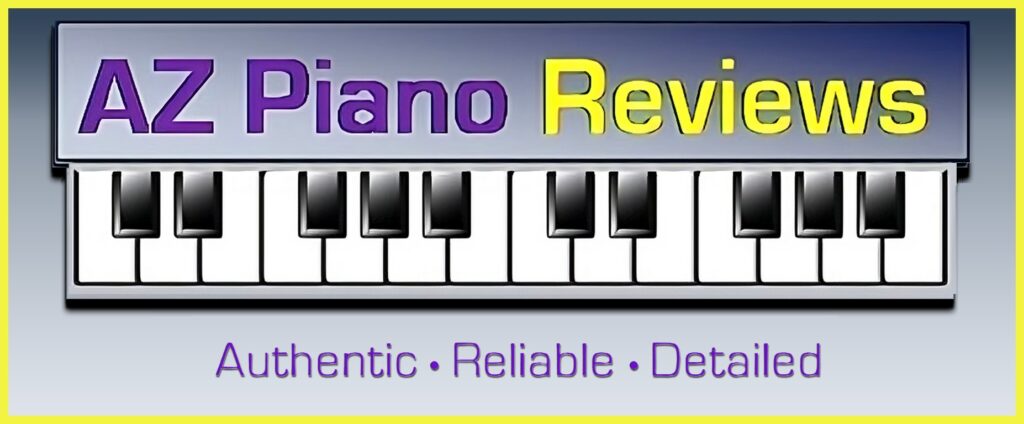
















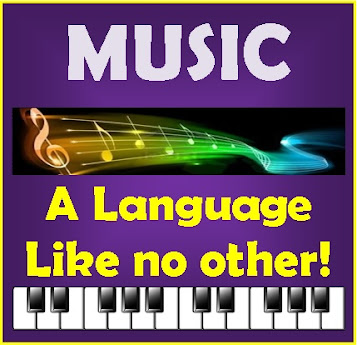
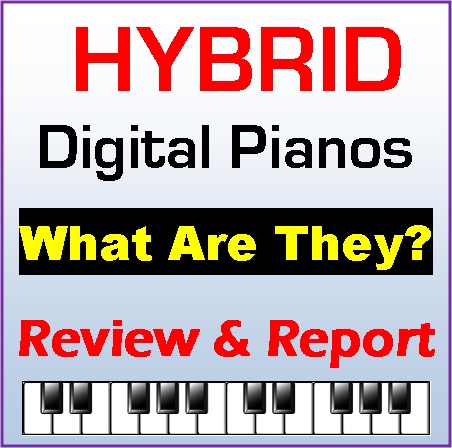
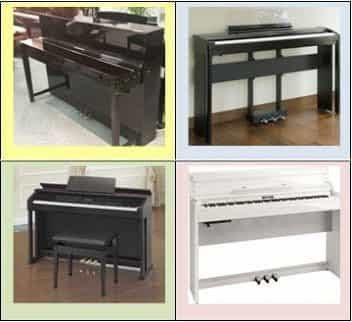
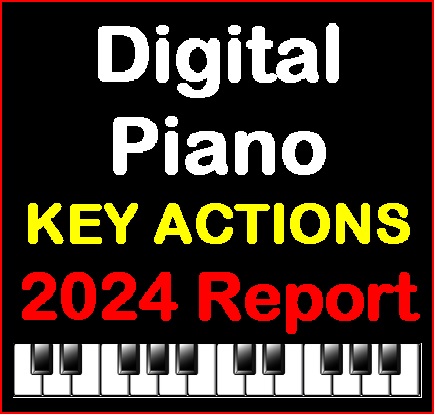
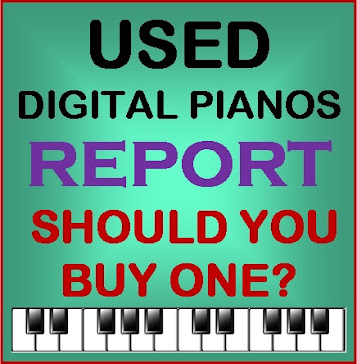
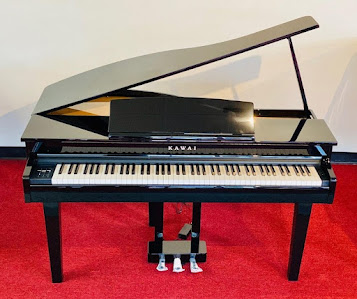
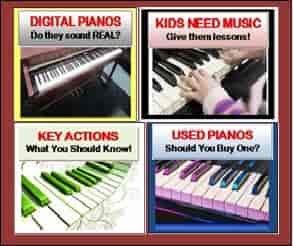
Hi Tim, thanks so much for your really detailed and well balanced reviews – I’ve found them to be invaluable!
I’ve been learning piano for about a year now on a really nice, well maintained mid 1970s UK Welmar acoustic instrument. This piano lives in our good sized kitchen diner which has lovely acoustics for the instrument. It’s been my intention for a while to also get an inexpensive portable digital instrument so I can increase my practicing, quietly and on headphones out of the way upstairs somewhere and not impose too much on my wife’s patience.
Your review of the Korg B2 makes it look like an attractive option but the only Korg dealer anywhere near me can’t get one in for me to try until well into the new year.
I’ve managed to try the Roland FP30, Yamaha P125 and Casio PX S1000 and really didn’t warm to any of them due to either sound or key action or both. I’ve recently tried a Kawai ES110 and really liked it – bearing in mind the price range I’m in.
My question is: before I commit to the ES110 should I wait until I can eventually try the Korg B2? How does the B2 stack up as a piano for feel, expressiveness and tone against ES110 in your opinion?
P.S. my musical taste is mainly classical if that is a deciding factor between the two options I’m considering.
Thanks!
Hello Tim, could you please let me know the following coming from a Korg-SP280.
1) How are these speakers (less wattage but newer) compared to the SP-280
2) How is the NH action on this vs. the Sp-280 and other Korg boards
Strictly in terms of how the piano voices sound and how the keys feel, would you consider the B2 better than the Yamaha P-45? Also, from the same perspective, is the price difference between this and the Kawaii ES110 worth it? What would you recommend between the two for a beginner without music school aspirations?
Hi Tim, I'm not sure if you're still checking comments on this review. I have a question: if I connect the B2 to my Mac via USB cable, and record as MIDI, edit it and then send the recording back to the B2 to play, is there any way to record that sent back version again (as audio)? Or am I asking too much of a humble keyboard? Thank you kindly
Good question. The B2 does not have the capacity to record, store, or play back songs. It can only connect to an external device via a USB-MIDI cable and then that external device would need to do the work.